I am an amateur photographer – at a very basic skill level. I take, what I would kindly refer to as, populist photographs (i.e. lots of color, often oversaturated and contrast filled). I enjoy taking pictures intensely. Although I initially started with a P&S Leica V-lux, I graduated to a GF-1 with the PL25 1.4 (four thirds lens), moving to an EM-5 with a PL 14-150 zoom as well as a GH2 with the PL 45 2.8 and finally to an M9P with a summilux 50. I recently acquired an X vario that I enjoy intensely as well. Here is a group of pictures that I feel represent a bit of everything.
With my pictures, I usually aspire to get a perspective that is different from what anyone else can get. I’m not trying to get the best picture there is, just the one that I like best. For this reason, I usually shoot RAW (RW2, DNG, ORF whatever) and process the pictures on either Aperture or Lightroom (I really do prefer the former). I often post my favorite pictures to facebook and use that as my photo repository. My favorite subject is Alpana, my companion of these last 20 years and my two “ickles” – Lavanya and Raghav. My passion is shooting sunsets and I’ve been blessed with a west facing house on a hill with big skies.
Leica V-Lux 2.
My journey with Leica started when I bought the Leica V-lux because I wanted to own a Leica. I knew that it was the same camera as the Panasonic FZ but there is something to owning a Leica that appealed to my inner (not really very far inner) snob. Sluggish to focus and often noisy, the camera was occasionally capable of some very fun pictures. Still works like it used to. Now given to the kids featured in this picture.
GF- Pana Leica 25 1.4
In 2009, I started looking at everyone who had a dSLR with considerable envy. As a gadget freak, it cut me to the quick to see this bevy of delights in the hands of others. Benign elitist with more money than brains, I, obviously, insisted on buying the GF-1 with a gigantic F1.4 25mm Leica D lens. For what I spent at the time, I could have easily gotten a good mid range Nikon or Canon product, but alas…
… But not that I have any regrets. Unlike the relative small aperture mid range stuff, this lens was a beast. With a beautiful DOF control (equivalent to a F2.8 50 mm on full frame), this lens had a beautiful bokeh. One thing unique to Leica coatings is the way that shadows, particularly on skin tones are dealt with. This engenders a very special look and some very beautiful pictures. Unfortunately, the camera got lost during an adventure at the Shedd Aquarium in Chicago. I just hope the thief is enjoying it as much as I did.
GH2 Pana Leica 14-150
I really bought the GH2 as an afterthought. I already had migrated to the EM-5 after losing my GF-1. Reading all the reviews of the GH2’s video capabilities really made me get this camera. In a lot of ways this is more of a traditional appearing camera compared to both the EM-5 and the GF-1. The images can have a strange yellowish color to them and often needed post work to make them look like I’d seen them.

In this picture at the Portland Japanese garden, I had the Panasonic Leica Vario Elmar D 14-150mm lens (set if I remember right to about 50mm) at F11 with 2 circular polarizers, mounted on a tripod with a fairly long exposure. I post processed this on Aperture initially. The Vario Elmar D is a lens designed for the four thirds digital SLRs and is a beast of a lens that requires an adaptor on a M4/3 body. It is strikingly sharp and has the same leica look when shooting. Always look at the way the lenses handle the shadows and you can tell.
Nikon D5100 with a 50/1.4 Nikkor 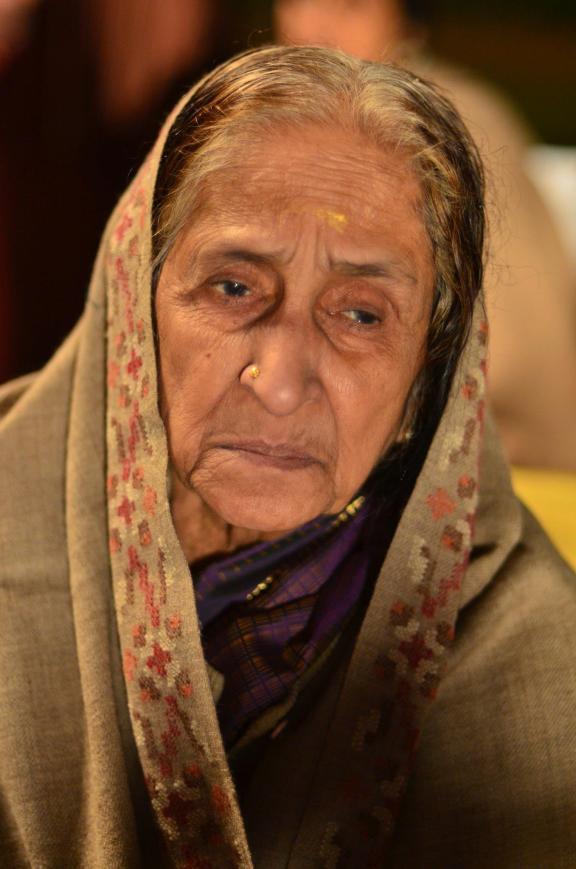
My Dad insists on regularly buying a new point(less) and shoot camera at regular intervals. As an old school film SLR shooter, he often admired my pictures but wanted something simple to use. I bought him a d5100 with an 18-55 kit lens. He never uses it, still sticking to a plethora of pointless and shoots and phones.
While attending a family wedding, I took my favorite picture of my grandmother. For this particular picture, I had taken my Dad’s old Nikkor 1.4 50 manual SLR lens. Wide open, center sharpness was excellent and because of the 1.5x crop sensor the vignetting was reasonably controlled. It was impossible to focus in the dark through the VF, but being the true amateur, I used the live view mode to focus.
Nobody uses the camera or lens anymore but it showed me that non-Leica lenses were still capable of some interesting stuff.
OM-D with Leica Vario Elmar D F3.5-5.6 14mm-150mm
When I had to replace the GF-1, I landed up buying the OM-D. Unfortunately, as a new release, the EM-5 could only be bought from Hong Kong at a hefty premium. Still, I took the plunge. The in-body IS is still one of the most amazing features I have seen. It has a wonderfully sharp sensor and pairs beautifully with the 14-150 Vario Elmar. The body and the nokton F0.95 25 mm lens in the night with ISO 1600 and 1 second handheld exposures could turn night into day.
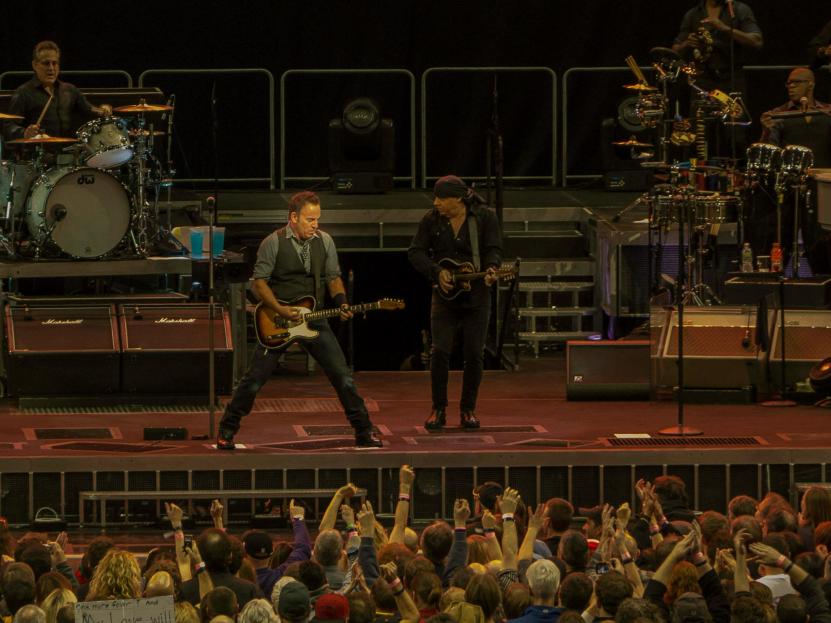
In this picture, taken at the Rose Garden in Portland, I managed to take the OM-D paired with the Leica zoom into the arena without bothering the ushers. While there is some crop that has been done, the picture was taken from about a hundred yards away (we had great seats to hear but no necessarily see). The image stabilization meant that with a 300 mm zoom lens, I could take this picture HANDHELD. I’ll let the picture speak for itself.
OM-D with Olympus m.Zuiko F4.0-5.6 12-50mm
Ok. So I have pictures not taken with Leica lenses. The EM-5 comes with a weather sealed kit lens. It is clearly not as pleasing in the way it handles colors and needs much more work in post processing but it can go anywhere (including the pool), it has AF – which means the family can use it and it is small. In fact, the EM-5 with this lens, rivals most prosumer point and shoots in it’s small size.

It is only fitting that I am putting up a picture taken by Alpana at the Legoland park. I really like the framing and colors and the picture turned out beautifully – even when printed on a 11 x 17 format. Another thing with all of the above cameras is the 4×3 arrangement of the picture. It really is better and even though I land up shooting the 2×3 frame in my new cameras, I much preferred the added height of the frame in these.
OM-D with Voigtlander Nokton F/0.95 25 mm
When I lost my GF-1, I also lost my prime Summilux 50 mm lens. In transitioning to the OM-D, I really missed both that focal length and the shallow DOF. Being a half frame sensor, most lenses for this format have depth of field effects more like compacts than SLRs. This is great for making sure your subject is in focus (because it often is) but also means EVERYTHING else often is too.

The nokton has the usual voigtlander flaws but is superb wide open, Although mounted on a tripod, this picture was a really nice one of the vista at Mt. Shasta shot at night. I still prefer the way the leica lens deal with faces but in a pinch, this is a wonderful lens with the OM-D and it’s magical OIS.
Leica M-9P with the Summilux – M F/1.4 50 mm ASPH – the fun of challenging dogma!
Everybody turns 40. Most men use this as an excuse to buy a Corvette to indicate that their mid-life crisis has begun. (Isn’t it funny not only how men have crises from birth to death (Teething, weaning, terrible-twos, immaturity, teenage angst, fraternities, adjustment to grown up life, mid life crises, retirement, end-of-life crises) but also the fact that each of these is an excuse for a big ticket purchase?) So I bought the Leica that I had lusted for. The M240 had just been launched but was not widely available. I managed to get a hold of a mint M9P from a reliable Leica dealer. Having looked at a series of reviews on the “Internets”, I really preferred the pop, crackle and fizz of the CCD sensor compared to the Sony like look of the M240.
Then, it was on to lens selection. With leica lenses starting when new at at nearly $2000 for a basic prime – all the way upto $12,000 for the mighty noctilux, you really have to choose carefully. The first leica lens I would recommend to anyone would be either a 35 mm or a 50 mm lens. The reason is that these are the perspectives that closely match normal vision. The 35 mm is on the wider side and does not really match my traditional photographic perspective. Even when shooting with my zooms on prior cameras and point and shoots, this is the focal length I would often find my preferred perspective. The way you look at the object at hand differs with the focal length. The nifty fifty is just perfect. If I need more in the shot, I step back (my feet are the best zoom I’ve had), if I need less, forward.
Keeping this in mind, I looked at a bunch of available lenses. The Nocticili (Old F1 and new F0.95) have less than razor thin DOF and have a strange stressful bokeh (less stressful than Voigtlander). The Summarit, Summicron and Elmarit lenses are beautifully sharp and have the leica look, but the king of lenses to me is the Summilux F1.4. The APO is a different beast but was too expensive and a little too clinical looking for my tastes. Moreover, the Lux 50 was the perfect starter lens for me because that is what I started out with in the first place (GF-1 with a Leica Summilux -D).
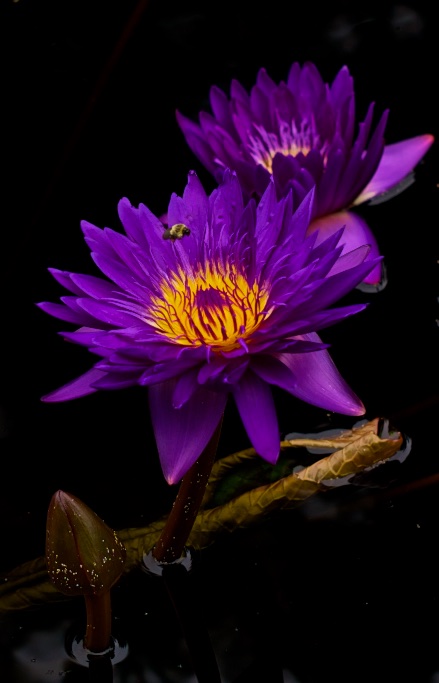
MYTH #1: The M9 is not good in low light…
With most new cameras able to take ISO 9 million and shoot in the dark, people have often criticized the older cameras (like the M9) as being dinosaurs and limiting in the dark. My rebuttal centers on two points. Firstly, in my experience, F1.4, ISO 250-640 with a 1/15 sec exposure pretty much matches what you can see with your eyes. Secondly, the ISO boosted images are often what the camera sees, how can you compose something that your eyes aren’t really seeing. Anyone who tries to use the Ansel Adams long exposure argument, must remember that the long exposures were for pictures he saw with his native vision and were only a requirement of the recording format. Photography, to me, is an art form focusing on recording what you see, not what the camera sees. High ISO is fine for astrophotography or forensics but takes the joy out of available light photography for me.
 In this picture, I was shooting the fireworks on the 4th. Having misplaced my tripod, I had to use my forearms as a poor arms’s tripod as I sat and took this picture. With a 1/3 second exposure, there is some shake in the capitol at the lower edge of the frame but I quite like the overall picture. Again, without silly ISOs.
In this picture, I was shooting the fireworks on the 4th. Having misplaced my tripod, I had to use my forearms as a poor arms’s tripod as I sat and took this picture. With a 1/3 second exposure, there is some shake in the capitol at the lower edge of the frame but I quite like the overall picture. Again, without silly ISOs.
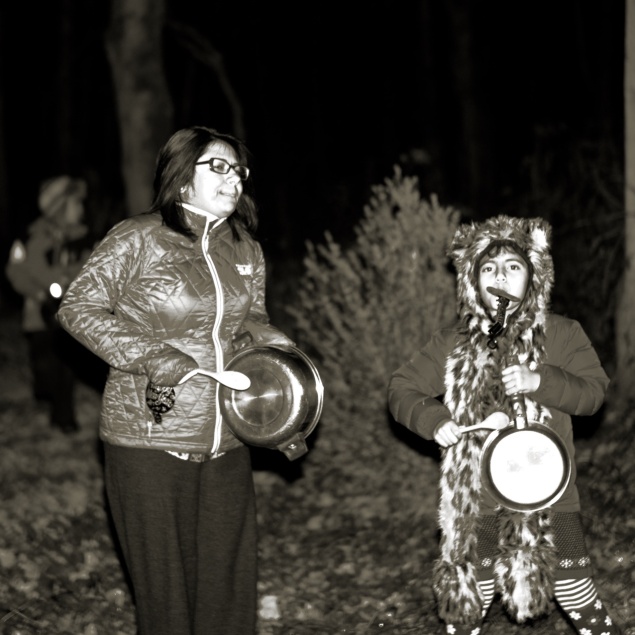
A moonless New Year’s Midnight in a field in New Jersey seems a perfect excuse for a high ISO camera… … or does it. People forget that with black and white as well as using a flash, it is still possible to get good pictures with manual focusing and manual exposure cameras. Using a non-TTL flash (I’m cheap) and guesstimating the exposure, I managed to get the narrow DOF, the action and acceptable exposure in this picture.

Sometimes, using the light that you have is a matter of position. In this picture the focus light on the lion, as well as some vignetting in post, makes for a nice picture too. The shallow DOF keeps the lion in focus but keeps the rest of the frame out of focus.

In this picture, (kinda hard to focus), I used the light from the fireworks to illuminate Raghav’s face and vignetting in post to remove other details. I love his expression. Completely misleading. He was actually having a barrel of fun but when he’s focused on something, that is often the expression he gets.
Myth # 2: If you want to take pictures of kids in action, you need a real dSLR (preferably a waterproof one!)
Most of my SLR friends often pride their weather sealed bodies with speedy autofocus that take the action pictures. As they say, a little planning goes a long way with my manual focus, manual exposure F1.4 prime lens and rangefinder. In the pictures below, I show how fast a rangefinder can really be.
 Using a combination of relatively fast exposure and some coaching of the kids, I managed to catch them as they made their jump out of the water. I love the expressions on their faces and the splash. This is a perfect example of the 50 mm perspective where objects look the way we see them.
Using a combination of relatively fast exposure and some coaching of the kids, I managed to catch them as they made their jump out of the water. I love the expressions on their faces and the splash. This is a perfect example of the 50 mm perspective where objects look the way we see them.

In contrast, using a slow exposure in this picture, I managed to just get Lavu in focus while getting a brighter overall picture. Some vignetting from the F1.4 is not a terrible thing for this picture. As you can see, the lights are on in the background, this was pretty dark too.
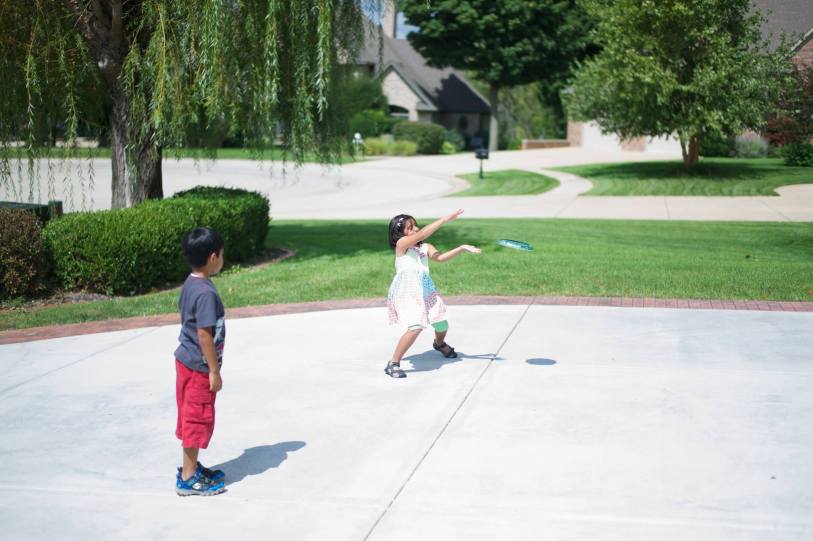 In the daylight, the Leica is undoubtedly king. With no real shutter lag, it was relatively easy to get a well focused picture of Lavu making the catch, although her catching style is unusual.
In the daylight, the Leica is undoubtedly king. With no real shutter lag, it was relatively easy to get a well focused picture of Lavu making the catch, although her catching style is unusual.

This is a great example of Leica’s colors and the moment.

I have nothing to say, this picture makes its own statement.

This is slightly cropped to a square format but I took this sitting waist deep in water in Lake Michigan while Ragu splashes about. Another good example of the toughness of the leica.
Myth #3 You need to be a pro to take good pictures
This is Lavu’s first picture taken with the Leica. Wide open, I helped her with focus and exposure but the framing of the shot (which really is everything) was all her. All that junk about figuring out exposures and focus speed mean nothing to me. I just chimp the frames, recompose and reshoot. I may have missed a few but the ones I have are all keepers. It’s also nice to have control over all the aspects of the picture rather than have the camera make all the decisions for you. This is, therefore, the exposure and focus that I wanted, not the camera’s suggestion.
Life, Liberty and the pursuit of… … the perfect pictures
Recently, we made a road trip to the Capital of the World. Despite having lived in New York for nearly 10 years, this was our first trip to Liberty Island. Here are some pictures of a very cold and blustery Jan 1 2015.

In the first picture, I liked the composition of this picture for many reasons. Firstly, the light, I love how Lady Liberty’s face plays on dark and light. The contrails from the jet above, seem to emerge from the torch and finally, the details are well preserved when pulled from the shadows in post.

This is my “spooky” picture. It shows the Stars and Stripes in the foreground with the new WTC tower in the backdrop. If you look carefully at the clouds over downtown, it almost looks like an angelic figure flying over. To add to the mischief, an aircraft over the Hudson is also seen adjacent to the WTC (albeit in a different plane). As someone who experienced 9/11, as a New Yorker at the time, those are difficult memories to let go of.
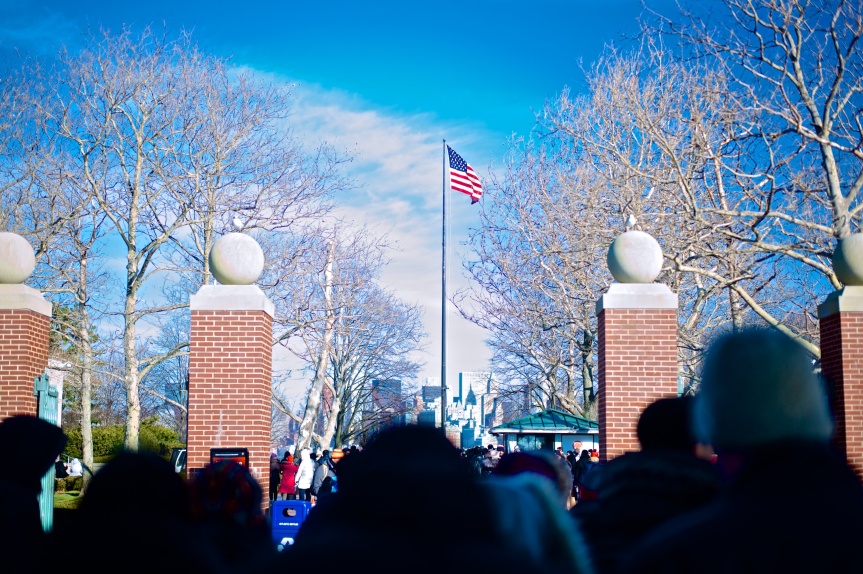
As an immigrant to a new country and a new home, this picture of crowds milling towards the promise of America says everything. It is a wonderful place to call home. It is good to be here.
A Tale of two cities
They say that when you have a Leica, the sky is the limit. Here I present three extraordinary vistas. All three were captured because I had the perfect camera in hand at the time, I needed it. Another myth I debunked with these is my use of a circular polarizer to capture a greater sense of drama in the sky.

This is the Chicago skyline with the Shedd aquarium in the foreground. The skies are a midwest special – really making it look like the “windy” city.
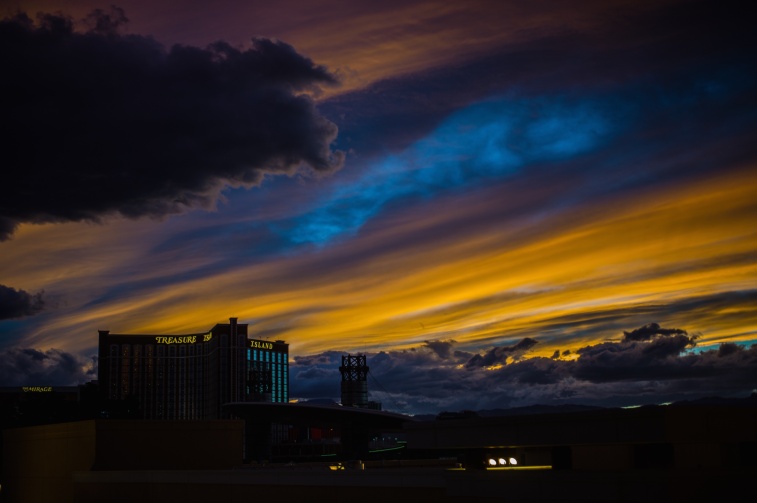
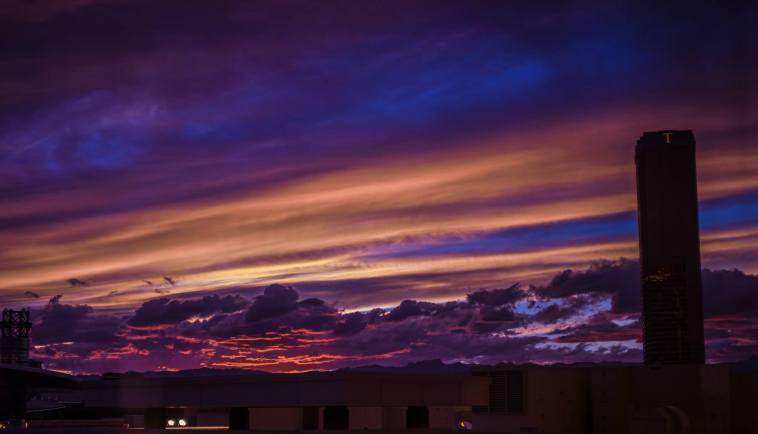
These two pictures are taken about 15 minutes apart from my hotel room window in Las Vegas. It is almost never cloudy in Vegas but here is a cloudy evening in Vegas with a spectacular sunset. There may have been some work in post, but not as much as you would think. Most of the view is as I saw it that evening.
New York in a single frame!!!
Many good pictures are not necessarily a matter of skill but more often being at the right place at the right time. This is a beautiful perspective of NYC from Liberty Island with the sun behind me – lighting the city. In this picture, Times Square is at the left corner while the Brooklyn Bridge is on the right. The WTC forms the most dominant object while the Empire State looks like a lonely outcropping in midtown. The mouth of the Hudson provides a lovely contrast. Thanks to the lens performance, the picture even printed to huge sizes retains most of the details – including window details in the buildings of the foreground.
Adventures with Vario (The real Mini M rangefinder and I don’t care what the experts say!)
One of the most controversial cameras made by Leica is the X Vario. It was correctly described by Leica AG as a mini M. What is a “mini M”, you ask? In order to know that, you need to know what is an “M”. An “M” is a unique style of photography. With an M, you want to have something compact with minimum fuss. Something with complete creative control. Something with incredible image quality and a sparkling lens. On all these fronts, the X vario checks all the boxes. The lens may be slow at F3.5 at 28mm equivalent going up to F6.4 at a 70 mm equivalent but it is enough to keep the lens compact enough to handle. Anyone who has seen the Tri Elmar M lenses or even the Vario Elmar R and D lenses, keeping these compact is often impossible. For those who want to manual focus, the experience is EXACTLY like the M with a distance scale, short throw and a center focusing patch that appears on the large rear display. It is a camera I can hand to my wife to shoot like a point and shoot or to a waiter in a restaurant to get a picture while being the adaptable tool in my hand at other times. It has excellent higher ISO performance (as compared to the M9 and even my OM-D EM-5 I) that makes up for the light transmission of the lens.

In this picture shot during our local Holi celebration, I was able to get this to focus manually using the firelight in the foreground to light my subjects in the background. To me, this picture captures many elements of the memory itself.
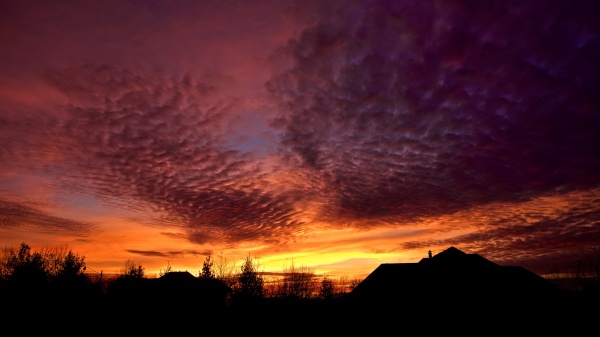

And finally…
A wiser man than I once said, “the best camera is often the one you have with you”. All the cameras mentioned above are small and relatively compact devices that are easily carried and seldom burdensome. They are often ready when the moment is right and mirror my style of photography in looking for an innovative way of storing the moment. Photography is not always about honesty but more often about injecting the photographer’s viewpoint into his camera’s viewfinder. There is no shortage of criticisms that may be leveled at my pictures but I did not take them to be critically acclaimed. I took them because it is fun taking them and I love doing it.


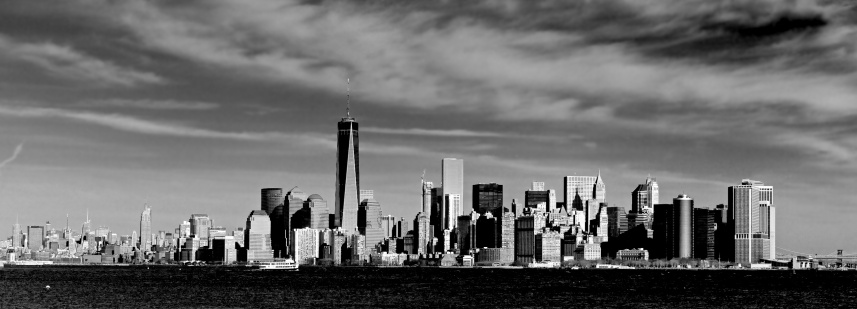
One reply on “On my vida Leica”
[…] On my vida Leica. […]
LikeLike